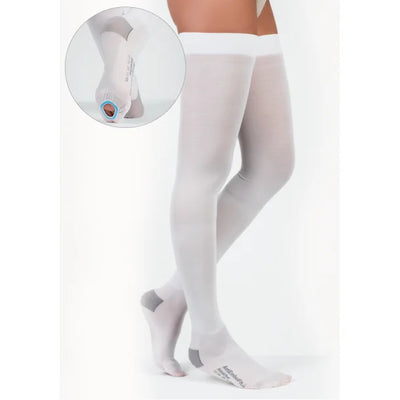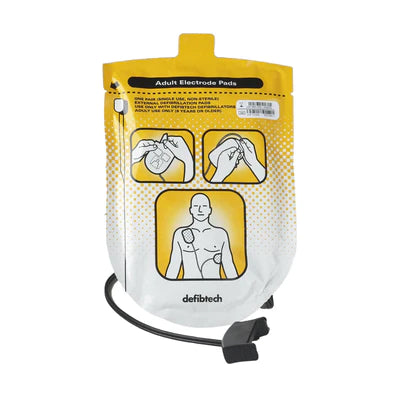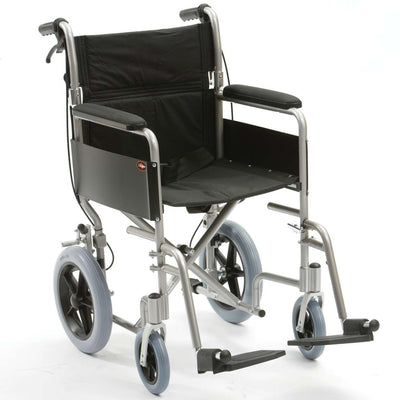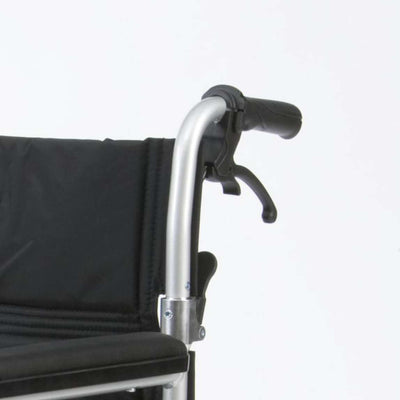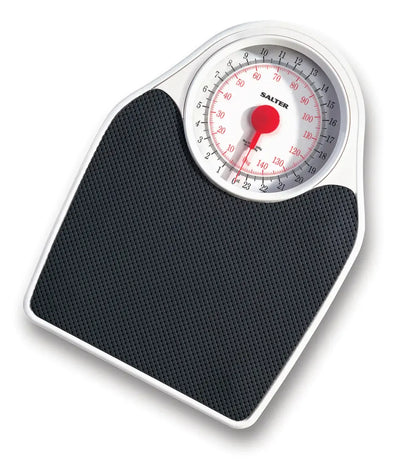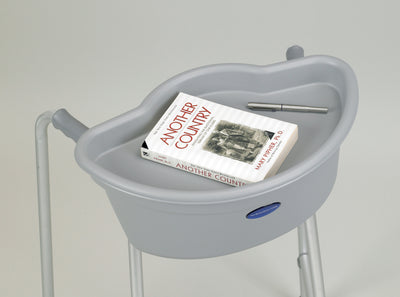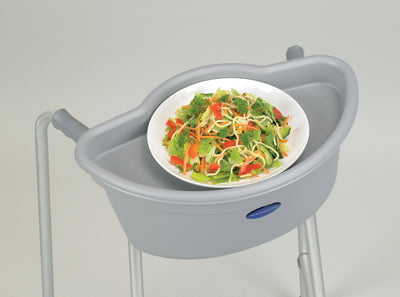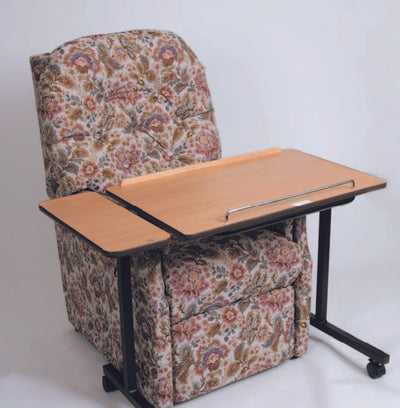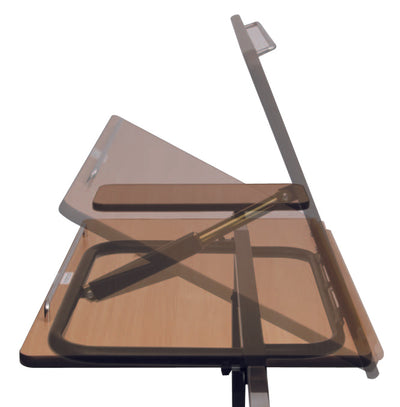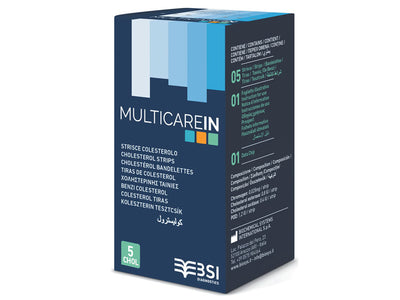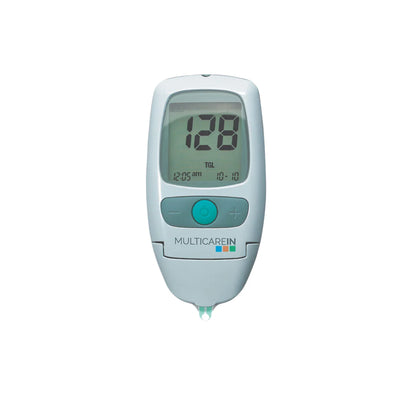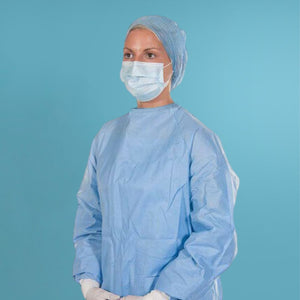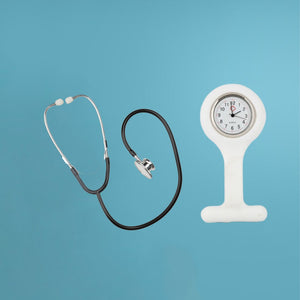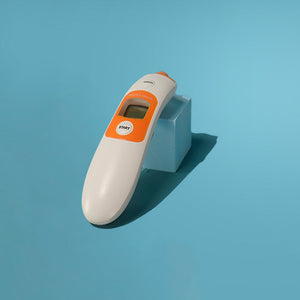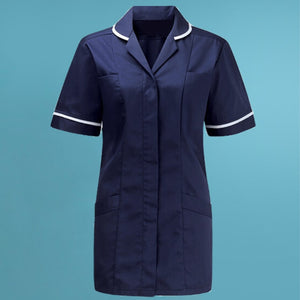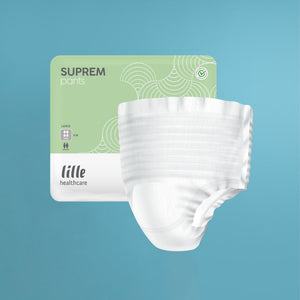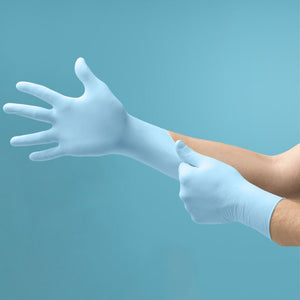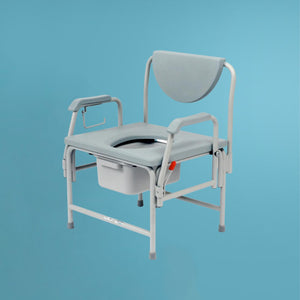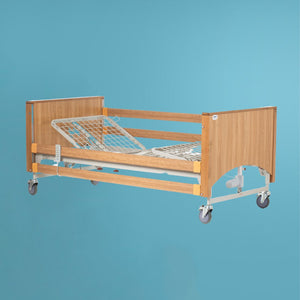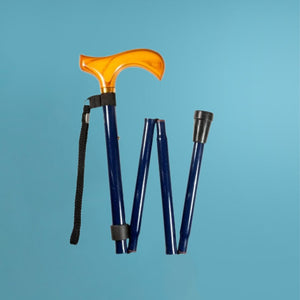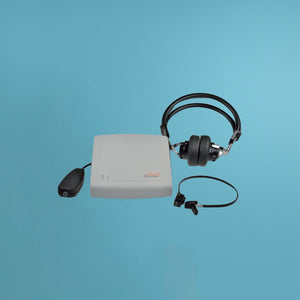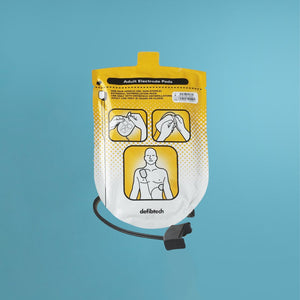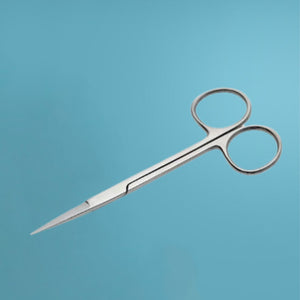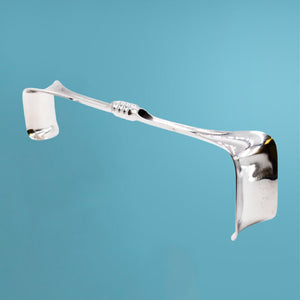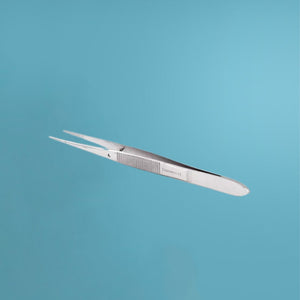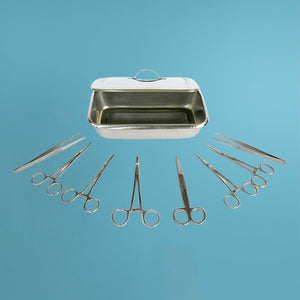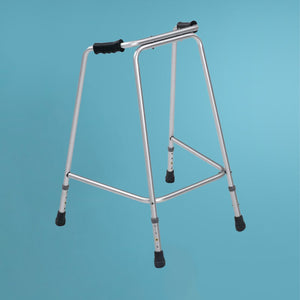Experts agree that wearing a face mask can protect people's health and slow the spread of any kind of flu. Some flu can spread through respiratory droplets that get into the air when people sneeze, cough, or even just talk. A mask acts as a barrier, stopping droplets from spreading to someone else.
Cloth masks and other thin masks are being sold to the public. However, these shouldn't be used during medical or surgical procedures in hospitals or clinics, where people are more likely to be exposed to germs. Masks like these can be used by the general public and in public places.
Moreover, a mask only works if it is worn correctly. Here's what you should and shouldn't do when you wear a face mask.
General Do’s And Don’ts Of Wearing Face Masks
Do’s
- Wash your hands before putting the mask on. If you are unable to wash your hands, use a hand sanitiser that contains 60% alcohol.
- Make sure the mask covers your mouth and nose and fits snugly along the sides of your face and over your chin.
- Choose a mask that allows you to breathe easily.
- Wear a mask in public, if you're able, especially when it's not possible to maintain a distance of six feet from other people who don't live in your household.
- Wear a mask to protect others, even if you don't feel sick. Many cases of flu can be spread by people who don't know they're infected and don't experience symptoms.
- Wash your mask after each use, either by washing machine or by hand. Disposable face masks should be used once and then thrown in the trash.
Don’ts
- Don't put a mask on a child who is younger than two years old, or wear a mask if you have trouble breathing, are incapable or are unable to remove the mask without help. Masks should not be placed on unconscious people.
- Don’t put a mask around your neck or forehead.
- Don't touch the mouth-covering portion of the mask. Rather, take it on and off by touching the ties/ear loops. If you forget, wash or sanitize your hands.
- Don't wear a mask while participating in activities where the mask may become wet, such as swimming.
- Don't get too close to people who don't live in your household. Make sure to maintain at least six feet of distance, avoid people who are sick and wash your hands frequently.
Do’s And Don’ts Of Wearing A Face Mask For Healthcare Personnel
Do’s
- Secure the elastic bands around your ears.
- Secure the ties at the middle of your head and the base of your head.
- When removing your face masks, DO leave the patient care area, then clean your hands with an alcohol-based hand sanitiser or soap and water.
- Remove your facemask touching ONLY the straps or ties, throw it away*, and clean your hands again.
Don'ts
- Don’t wear your face mask under your nose or mouth.
- Don’t allow a strap to hang down.
- Don’t cross the straps.
- Don’t touch or adjust your facemask. without cleaning your hands before and after.
- Don’t wear your face mask on your head.
- Don’t wear your face mask around your neck.
- Don’t wear your facemask around your arm.
How To Choose A Face Mask?
It is important to choose face masks that can do a good job of filtering the air for the best results. Do not choose masks with valves that let out air, as this can allow droplets of exhaled breath to escape and put others at risk.
Always choose a facemask that:
- Is made out of at least two or three layers of fabric. As a general rule, you shouldn't be able to see through the material when you hold it up to the light.
- Has layers of different fabrics, such as layers that don't let water in, a layer that has a filter to remove particles and a layer on the inside that can soak up drops from the wearer's mouth.
- Fits well around the face and chin and covers the nose and mouth completely to keep exhaled droplets from getting out.
Conclusion
Medical masks are worn during surgery or other procedures. They can be flat or pleated (some look like cups), and they are held on with straps. One way to stop the spread of some respiratory diseases, like 2019-nCoV, in areas that are already affected is to wear a medical mask.
But just wearing a mask isn't enough to keep you safe. You should also take other measures that are just as important. If masks are used, they must be used with good hand hygiene and other Infection prevention and control measures to stop any kind of viruses from spreading from person to person.
FAQs
1. Are disposable masks reusable?
Medical-grade face masks, nonmedical-grade face masks, and respirators all have the same thing in common: they are made to be used only once. But that doesn't mean you have to throw away your mask after just one use. Depending on the mask and how long you wear it, if you take it off and store it correctly, you can wear it more than once. However, if you are working as healthcare personnel, it is advisable to dispose of your medical mask after every use.
2. What is the best face mask for COVID-19?
The CDC gives an overview of the different masks and respirators that are available. In general, the most important things you can do are to choose a mask that fits well and to wear it regularly and correctly when it is suggested or when it is required.

